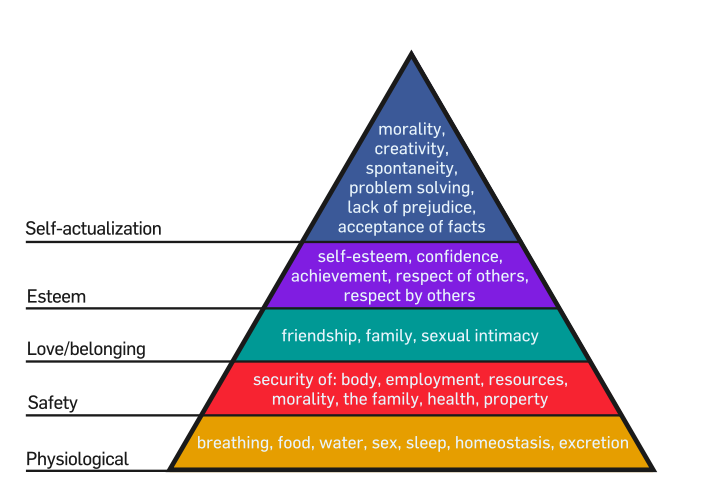
Harvard University Research Project
Implicit Association, This research reveals to you some of the deeply held conflicts that you were not aware of otherwise
Take the test,
https://implicit.harvard.edu/implicit/research/
Research Overview
Frequently Asked Questions about the Big Five Website
|
Self Assement ToolsiToolPro2023-05-12T12:38:00+00:00

